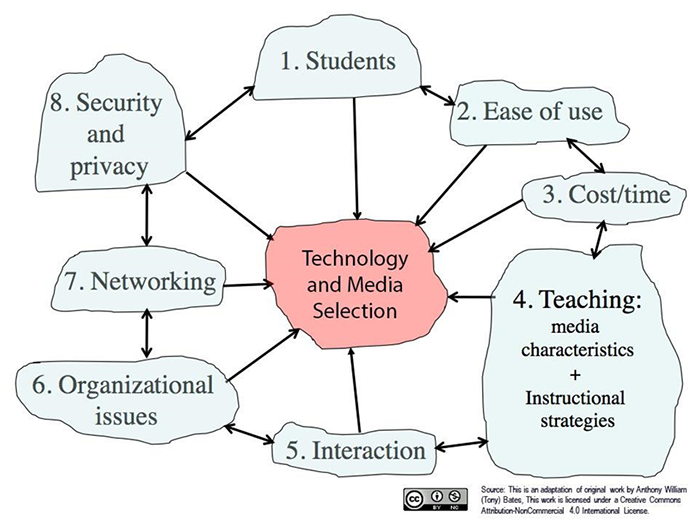

I really enjoyed this week’s lecture overall, and found it to be quite fun to get in touch with my (somewhat) creative side. Sketch noting is not something I have really done before, but found it to be a useful tool to organize ideas and thoughts, and also found it to be therapeutic. I think sketch noting would actually greatly benefit the grade I want to teach (grade 1-4) as I think it would be a useful way for students to express their ideas in a way that works best for them. I do however also believe that sketch noting would be excellent for any grade level, as most children are able to/love to draw, and this is a great way to practice that while using literacy. For students who do not enjoy writing, sketch noting would be an amazing tool for them to engage with the class material. I think it could also be useful for most subjects as well. I hope to include lots of sketch noting in my future classroom for this purpose!
In addition to this, I found these two super helpful YouTube videos on sketch noting, it is tailored specifically to students and teachers and lists many tips and tools to use sketch noting in the classroom.
I also found this website/blog post that gives a very detailed introductory to sketch noting in the classroom, and the ways to incorporate it so that it’s enjoyable for students. The author explains that “I think the best approach would be to model sketchnoting yourself as a teacher. If you’re new to sketchnoting, you can tell your students that you will be learning together. With my book, you can conduct the lessons daily and enjoy discovering together how much fun and easy it is to sketchnote.” (Class Tech Tips, 2022).
The SAMR Model theory of technology adoption can help me evaluate future technologies that I may use in my classroom by allowing me to see which technologies will be an easy and seamless experience for my students and myself. It will also allow me to recognize if a certain technology will benefit my students, and how so. As I reflect on the SAMR theory, I currently think of how it’s applied to our Tech class and how each segment of the theory is broken down and how that relates to the course work we are engaging with. I think that using this theory would be beneficial as a future teacher when considering what technologies will work best in the classroom and how this will advance students learning.
In addition to this theory, the SECTIONS model would be extremely beneficial when determining the most appropriate tool or technology to help meet learning objectives because it would allow me to make an effective and beneficial decision for my students. There are many points to consider when bringing technology into the classroom, and the SECTIONS model would help weigh out some of the pros and cons.


This blog post on the SECTIONS model was also really helpful to read, and it gave a bit more detail on its benefits and how it can make a difference for a teacher in the classroom.
Thanks for reading, see you next week!
Megan
Leave a Reply
You must be logged in to post a comment.